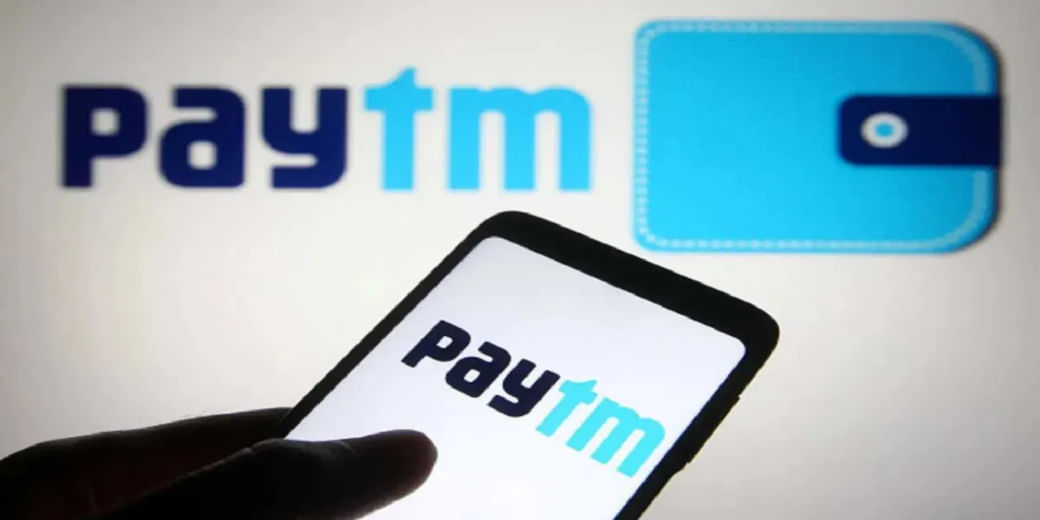How Paytm can build winning strategy
To maintain long-term dominance, the company needs to decide its core competitive advantage. Will it be a cost leader or product differentiator? What will be its path for creating customer stickiness?

Paytm, the stock that has been the flagbearer of new-age companies, is on the rise. For a long time, there were questions about whether it would become profitable or not. Will its business model be viable? Questions were endless. Let’s have a look at recent performance and then we will look at how the company can create sustainable competitive advantage.
Good Results
In recent quarterly results, Paytm’s share has performed well. For FY23, its revenue increased 61% from Rs 4,974 crore to Rs 7,990 crore. Meanwhile, its adjusted EBITDA has also improved as it showed a loss of just Rs 176 crore in FY23 from Rs 1,518 crore in FY 22. All this made investors and brokers bullish on the stock. As a result, we have seen around 4.99% gain in stock on Monday. As the company is growing it is having econonmies of scale advantage that is improving the bottomline.
Share gained around 5% on Monday, May 8. Citi gave a buy rating and increased the target price from Rs 1,103 to Rs 1,144. JP Morgan also maintained an overweight rating with a target of Rs 950. Motilal Oswal also maintained a buy rating and gave a target price of Rs 900.
Coming to growth drivers, Citi expects that the company has first mover advantage on both sides of payment systems which can help in customer acquisition. Goldman stated that its credit metrics have improved like expected losses in BNPL (Buy Now Pay Later) business are lower.
Winning Strategy
Paytm is a network marketplace company. Such company gains as more and more users get added to its ecosystem and then stick to it. Right now fintech is a growing market so users in the company are increasing. This is visible by improvement in various metrics like gross merchandise value (the total payments made to merchants through Paytm), total transactions, number of transacting users etc.
The industry is attractive and growing. This has brought many new players in the sector. Sure there are entry barriers (Setting up infrastructure, app and marketing) but with some funding from Venture Capital, it’s easy to break them. This sets the stage for intense competition.
So, if Paytm wants to remain a dominant player then it should provide incentives for customers and merchants to stick with it. At the same time, the company is entering into various business segments such as ecommerce, cloud, banking and UPI. Since it is still in a growing stage, managing various businesses can be a challenge.
To maintain long-term dominance, the company needs to decide its core competitive advantage. Will it be a cost leader or product differentiator? What will be its path for creating customer stickiness?
If a company is looking to become a product differentiator then its focus should be on attaining unique customer insights. That’s where AI can come to aid. Paytm can use data from all these users and transactions in its different business segments to assess changing customer needs. Then it should focus on fulfilling those needs to maintain customer stickiness.
At the same time if the company is looking to become a cost leader then it should look to create economies of scale by using AI on data from different business segments. This will help in providing services cheaply and more smoothly, again creating customer stickiness.
The company stated that it is looking to use AI significantly. Paytm should use it both for unique customer insights (Product differentiation) as well as efficiency (cost leadership). Still, to reap full benefit one of them should be an objective function and the other one should be a constraint. Right now it’s tough to say what will be company’s competitive advantage.